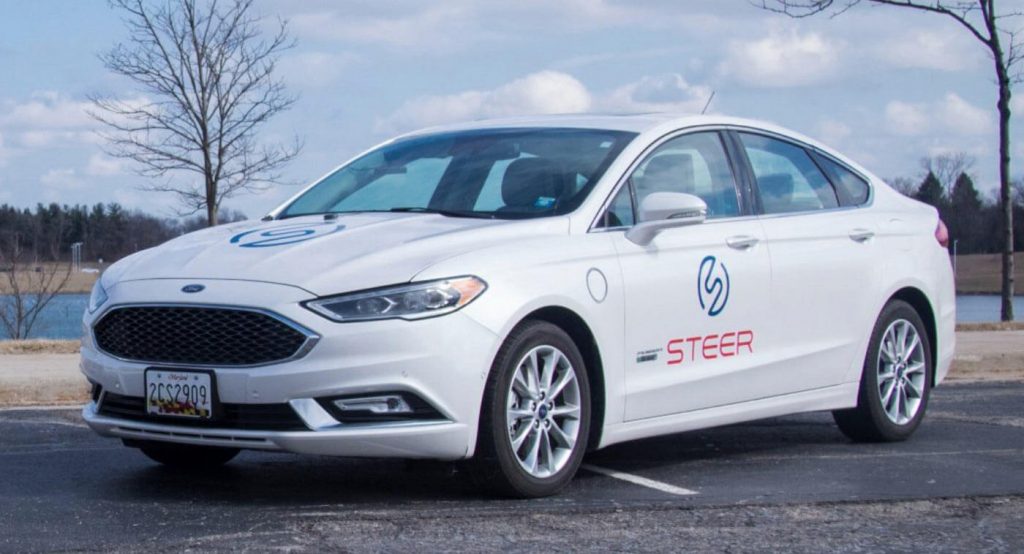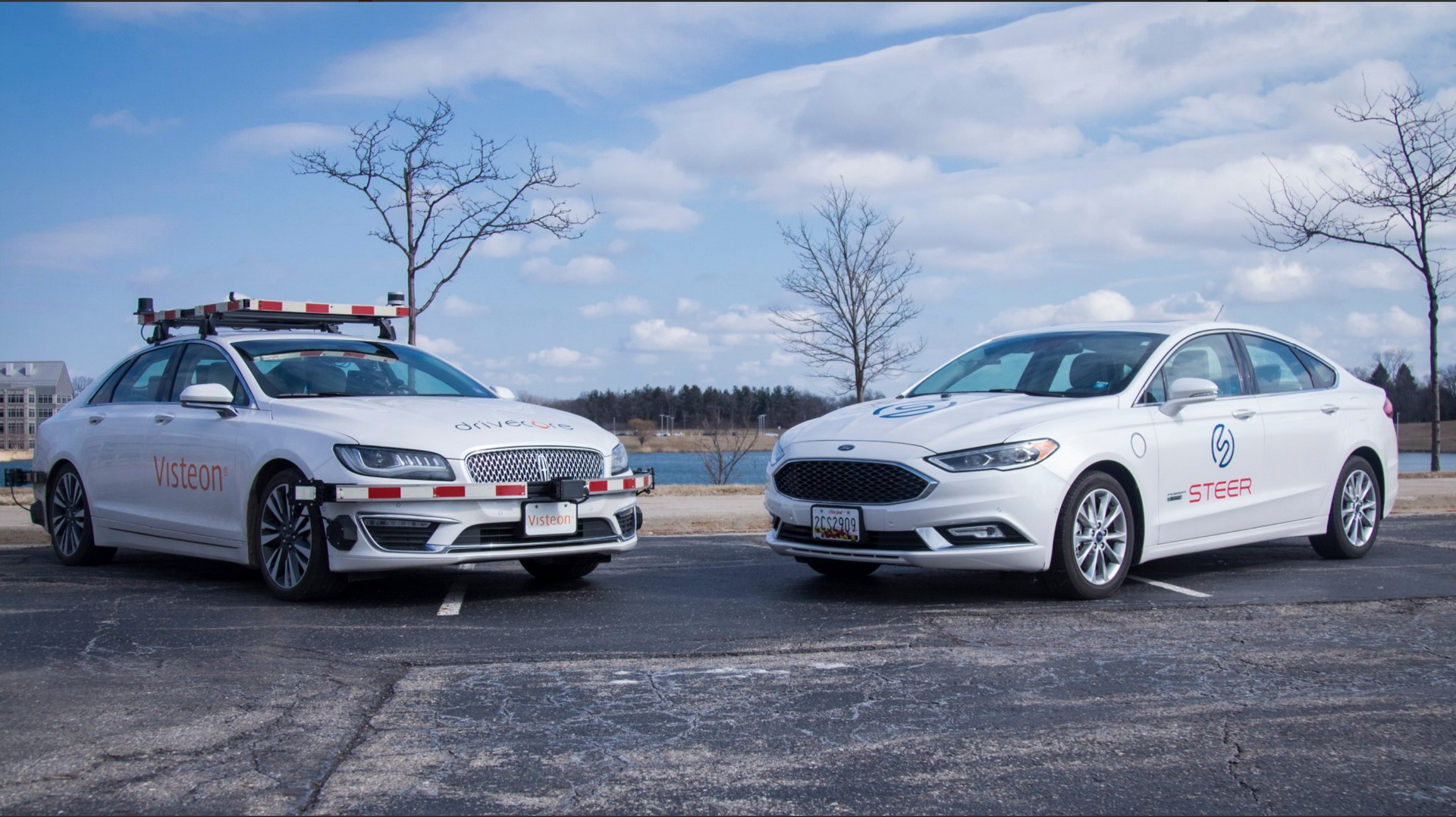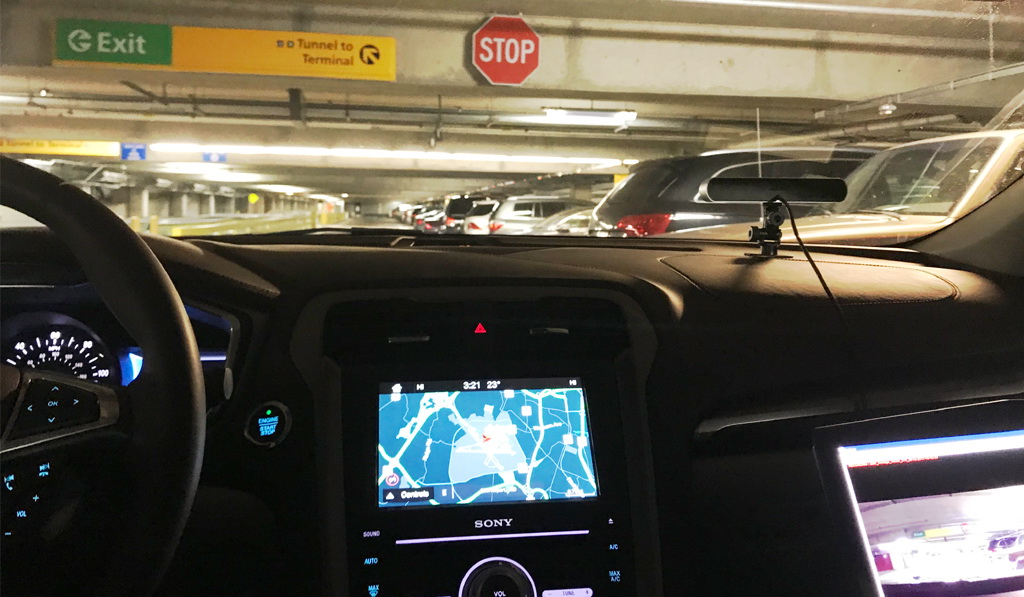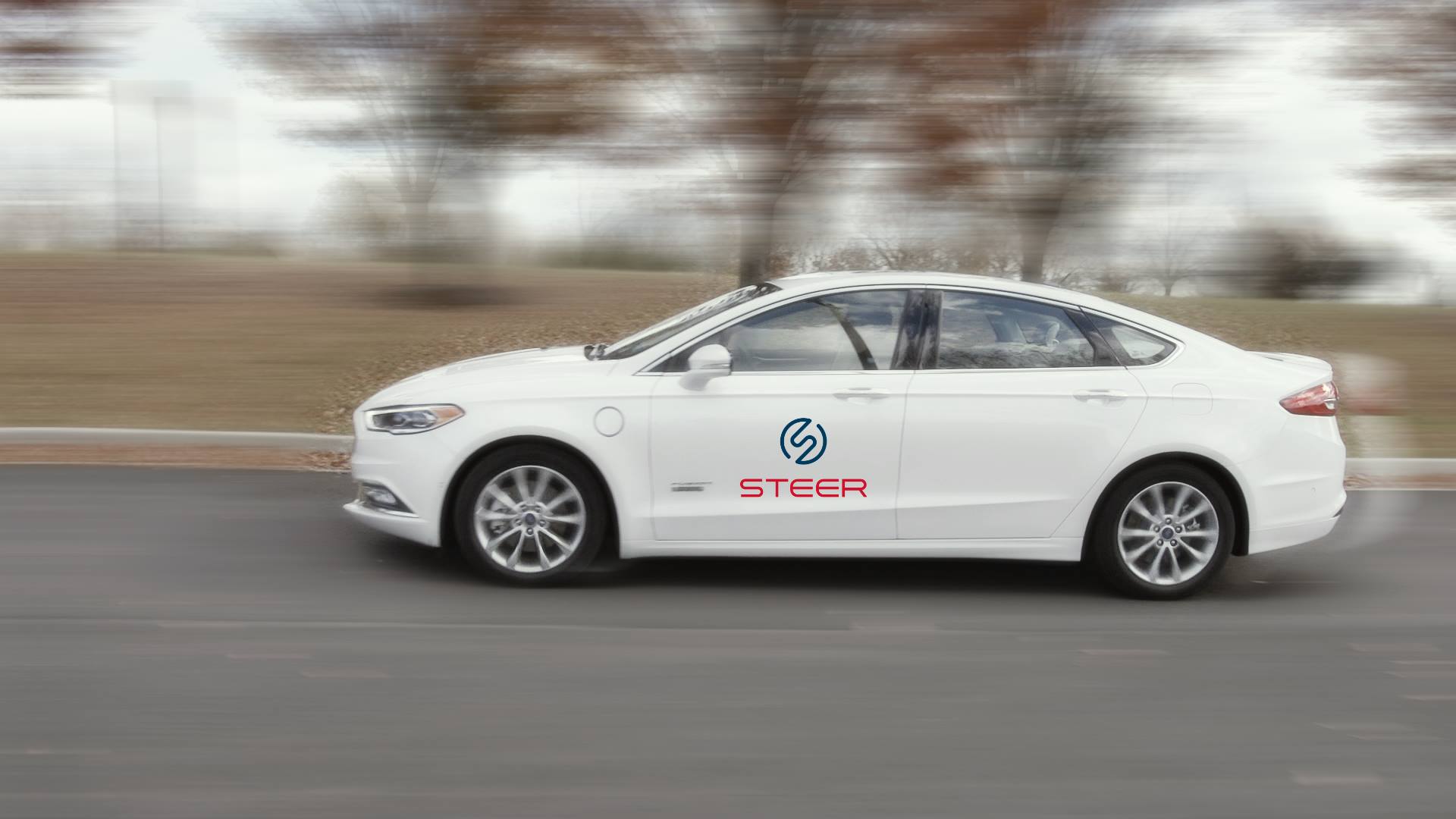At a time where lots of tech companies are trying to one-up each other in developing software and sensors for next-gen self-driving vehicles to use on public roads, Steer, a Maryland startup, is only looking at private parking lots.
The company is currently piloting a project program at Baltimore-Washington International Airport in Maryland, where upon arrival, the driver can unload his or her luggage and then send the vehicle off to park all by itself.
A similar scenario can be imagined in shopping malls, where people would summon their car via an app to come pick them up at the entrance – very helpful in cases where you have loads of shopping bags in hand.
Even though surveys suggest that a large majority of consumers are still afraid to ride in fully autonomous cars, Steer founder and CEO Anuja Sonalker thinks they won’t mind driving the car and then having it park itself.
“What we are selling is convenience, and convenience is a narcotic,” said Sonalker. “In this day and age, consumers are very savvy about what they want, and today, they want to do something more with their time, something better. They want to enjoy an experience instead of wasting time on a mundane activity.”
According to traffic analytics provider Inrix, drivers in the United States spend an average of 17 hours per year searching for parking spots, hours that generally cost each driver an average of $345 in wasted time, fuel and emissions. New Yorkers for example spend as many as 107 hours a year looking for spaces, at a cost of $2,243 per driver, reports Autonews.
So how about spending a smaller portion of that figure on what Steer is selling? When the company launches its product commercially, it plans on using a subscription model, similar to SiriusXM, Netflix and Spotify. Pricing however has not been finalized.
The Maryland-based tech company has already signed contracts with two automakers and a major supplier to license its software starting with 2021 MY vehicles. Furthermore, Steer plans on selling a self-parking system and service directly to consumers, as long as they have the necessary hardware and software retrofitted to any vehicle, 2012 MY or newer.
As for where this leaves parking lot operators, well, it might actually benefit them a great deal. Because occupants would exit their car at a designated curb, they would no longer need space to open their doors in a traditional parking stall, which measures 9 feet (2.7 m) in width. So technically, parking operators could paint narrower berths and have as many as 20% more cars squeeze into their lots.






